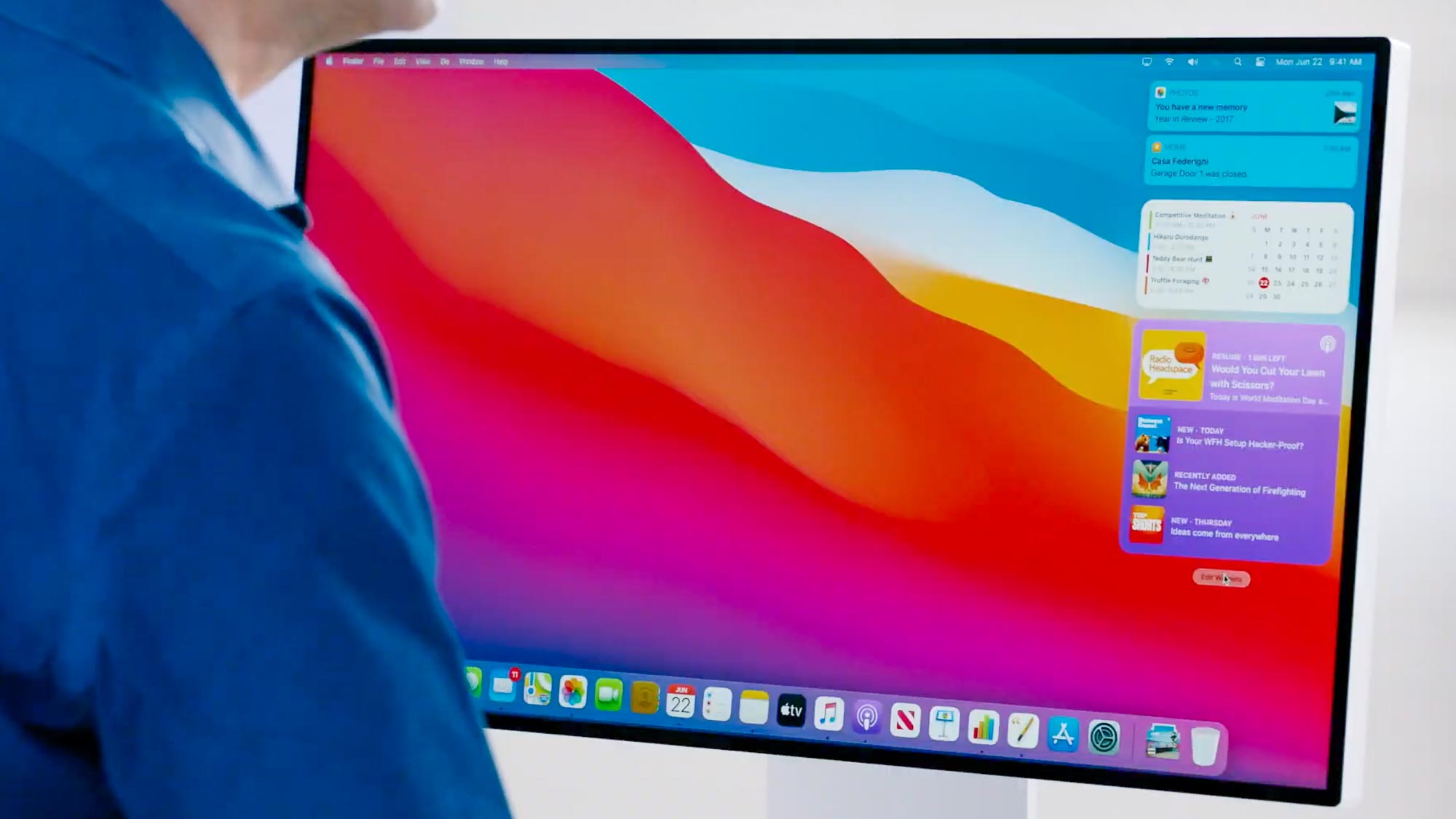

- #KEYSTROKE TO FORCE QUIT OLD MAC OS 7.6 INSTALL#
- #KEYSTROKE TO FORCE QUIT OLD MAC OS 7.6 DRIVERS#
- #KEYSTROKE TO FORCE QUIT OLD MAC OS 7.6 UPGRADE#
- #KEYSTROKE TO FORCE QUIT OLD MAC OS 7.6 FREE#
I have no way of knowing if the keyboard is working or if this is just a mouse problem since I can't open an application to try typing. And the mouse click works for that one button, the reboot continues and finishes. In fact, since I have to force the system off with the power switch, it comes back and runs the disk check routine automatically, and then I have to click on the acknowledgement button to get the boot to complete.
#KEYSTROKE TO FORCE QUIT OLD MAC OS 7.6 INSTALL#
The odd thing is, the mouse works with the install CD, and it worked with the initial 10.4 install that the system came with, so I don't think it's a hardware problem. The cursor tracks the mouse movement across the screen, but clicking on menu entries does absolutely nothing. I rebooted into OS9, and everything looks normal, but the open-on-mouse-click function doesn't work. The install seemed to complete successfully. Next, I ran the installer from an OS9 retail disk, selecting a fresh install from the options list, and including almost all the available extensions.
#KEYSTROKE TO FORCE QUIT OLD MAC OS 7.6 DRIVERS#
I set up a single partition with the OS9 drivers installed. I booted a 10.4 DVD, selected Utilities, and reformatted the new HD. I replaced both the DVD-ROM and HD, maxed the RAM to 2 GB, and put in a newer 120 GB IDE drive I had available. One cannot run it from an OS9 install CD, nor in classic To do so requires that the firmware upgrader runs from an OS9 partition on a HD.
#KEYSTROKE TO FORCE QUIT OLD MAC OS 7.6 UPGRADE#
So I decided to upgrade that to the final 4.28 version.
#KEYSTROKE TO FORCE QUIT OLD MAC OS 7.6 FREE#
I was recently blessed with a free Powermac G4 Gigabit Ethernet that was headed for recycling when I intercepted it, complete with studio monitor.The system booted into 10.4 with the original 30 GB HD, but I figured out that the firmware was version 3.3f. 'Mac OS 7.x, 8.x 9.x: Fonts Included With Major System Releases'.^ a b 'The TrueType Font File - The Zapf table'.'Hermann Zapf, ITC & Apple: The History of ITC Zapf Chancery & ITC Zapf Dingbats'. Venice (script) was a calligraphic font designed by Bill Atkinson.Toronto (slab serif) was a geometric design.San Francisco was a whimsical font where each character looked as if it was a cutout from a newspaper, creating an intentional ransom note effect.The name alluded to the inspiration, even though the Times for which Times Roman was created was that of London, not New York. New York (serif) was a Times Roman–inspired font.Ten point Monaco is built into Old World ROM Macs. Monaco (sans-serif, monospaced) is a fixed-width font well-suited for 9–12 pt use.Before System 6, it was known as Taliesin. Los Angeles (script) was a thin font that emulated handwriting.London (blackletter) was an Old English–style font.Nine point Geneva is built into Old World ROM Macs.

Its name betrays its inspiration by the Swiss typeface Helvetica. Geneva (sans-serif) is designed for small point sizes and prevalent in all versions of the Mac user interface.Also seen on LCD screens of earlier iPod models. Chicago (sans-serif) was the default Macintosh system font in System 1–7.6.Cairo was a bitmapdingbat font, most famous for the dogcow at the z character position.

Note that the logo does have a unique PostScript name in the Adobe Glyph List - /apple, mapping to F8FF. LastResort has been part of Mac OS since version 8.5, but the limited success of Apple Type Services for Unicode Imaging (ATSUI) on the classic Mac OS means that only users of macOS are regularly exposed to it. The typeface used for the text cutouts in the outline is Chicago, otherwise not included with macOS. A symbol representative of the block is centered inside the square. Top and bottom are used for one or two descriptions of the Unicode block name. On the left and right sides of the outline, the Unicode range that the character belongs to is given using hexadecimal digits. The glyphs are square with rounded corners with a bold outline. Designed by Apple and extended by Michael Everson of Evertype for Unicode 4.1 coverage, the symbols adhere to a unified design. The symbols provided by the LastResort font place glyphs into categories based on their location in the Unicode system and provide a hint to the user about which font or script is required to view unavailable characters. The LastResort font is invisible to the end user, but is used by the system to display reference glyphs in the event that glyphs needed to display a given character are not found in any other available font.


 0 kommentar(er)
0 kommentar(er)
